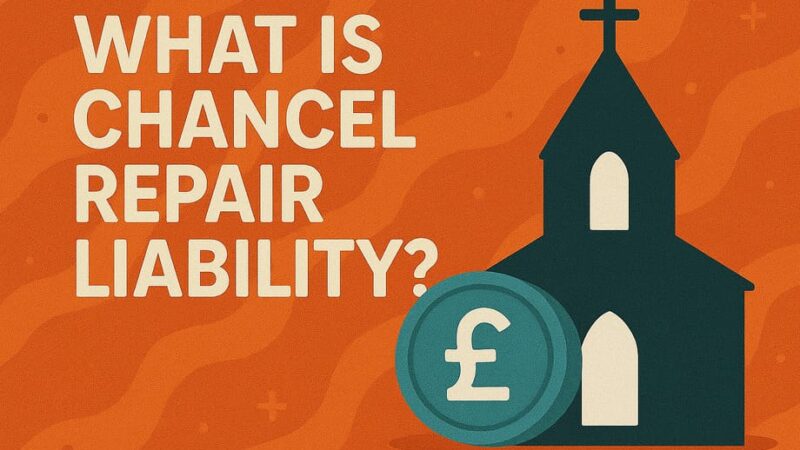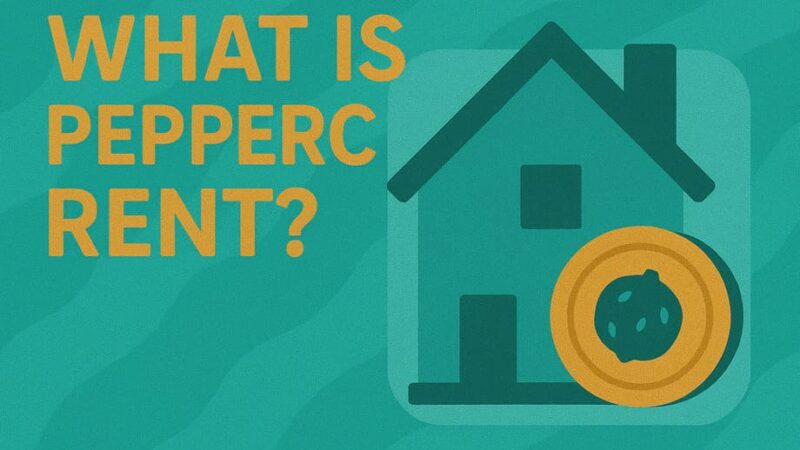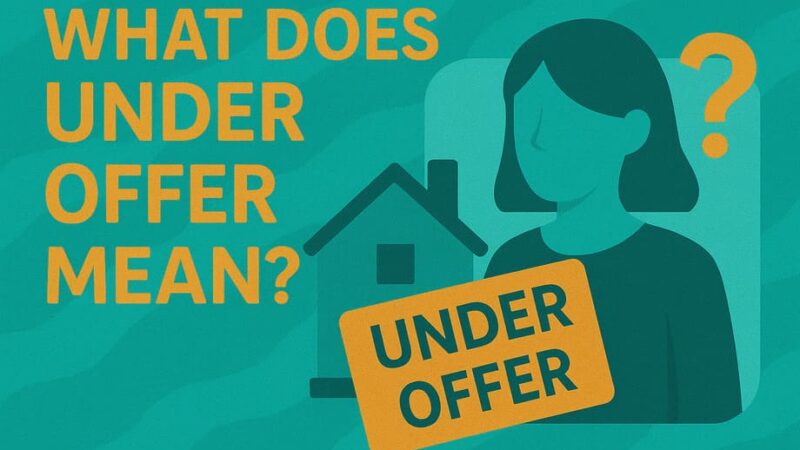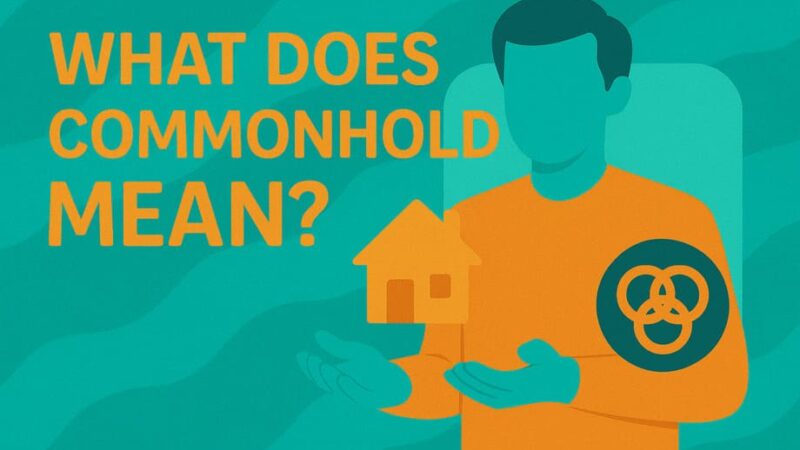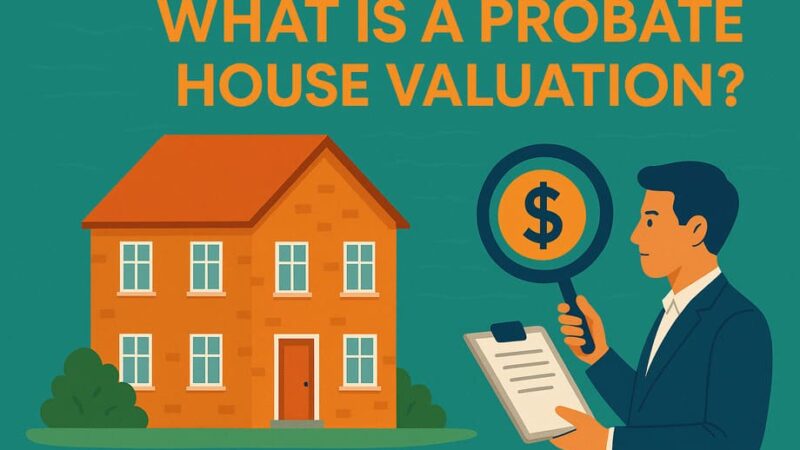Buying Derelict Property in the UK – Complete Guide
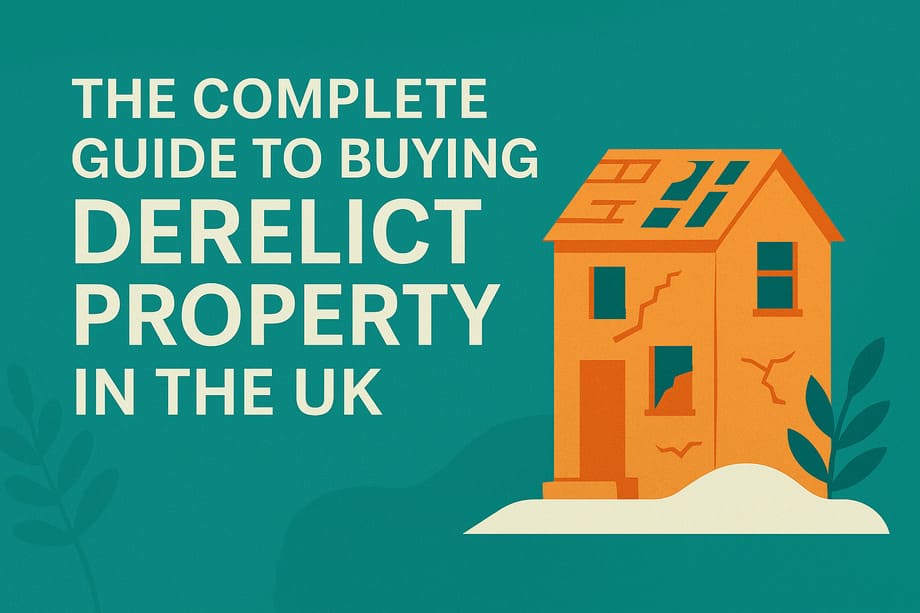
Buying derelict property in the UK represents an intriguing opportunity for investors, first-time buyers, and renovation enthusiasts. With nearly 700,000 homes standing empty across England alone, the potential for transforming these neglected buildings into profitable investments or dream homes is substantial. This guide explores everything you need to know about buying derelict property in the UK.
What Qualifies as Derelict Property?
Derelict property refers to a building that has been left unoccupied for an extended period and is in a state of significant disrepair. These properties are typically uninhabitable, meaning they cannot be lived in without substantial renovation work.
Key factors that classify a property as derelict include structural issues, non-weatherproof construction, absence of running water or central heating, unmaintained roofing, no functional bathroom or kitchen, and potential hazards like asbestos or severe damp. Land can also be classed as derelict if it has been damaged by industrial processes and subsequently abandoned.
Across the UK, you’ll find derelict properties in both urban and rural locations. City centres might host vacant terraced houses, whilst countryside areas often feature derelict farmhouses, barns, cottages, and outbuildings.
Why Consider Buying Derelict Property?
Significant Cost Savings
The most compelling reason to consider buying derelict property is the substantial discount compared to market value. These properties frequently sell for 30-50% below the price of comparable homes in good condition. In some cases, particularly at auction, properties can be acquired for even less, with prices sometimes starting below £50,000 in certain regions.
This below-market pricing occurs because sellers whether banks, councils, or private owners—want to dispose of problematic assets quickly. They’re willing to accept lower offers to avoid ongoing maintenance costs, council tax, and insurance expenses.
Capital Growth Potential
When you buy derelict property at a significant discount and invest in thoughtful renovations, the potential for capital appreciation becomes substantial. A property bought for £100,000 in poor condition might be worth £200,000 or more after strategic improvements, creating instant equity and long-term wealth.
Creative Freedom and Personalisation
Buying derelict property offers a blank canvas for your vision. Unlike move-in ready homes, derelict properties allow you to design and create a space perfectly suited to your needs and tastes. You can select everything from layout configurations to finishing materials without compromising.
Contributing to Community Regeneration
Derelict properties blight neighbourhoods and depress local property values. By buying and renovating these eyesores, you’re contributing positively to community revitalisation. Local authorities may offer support or incentives for bringing empty homes back into use.
Understanding the Risks of Buying Derelict Property
Structural and Safety Issues
Derelict properties have typically suffered years of neglect, water ingress, and lack of maintenance. This neglect often results in serious structural problems including foundation issues, roof deterioration, damp penetration, timber decay, and potential asbestos contamination.
Hidden Renovation Costs
The greatest financial risk when buying derelict property lies in underestimating renovation costs. What appears to be cosmetic damage often masks more serious underlying problems. Experienced renovators typically add 20-30% contingency to their initial budget estimates, yet many projects still exceed these figures.
Financing Difficulties
Most standard mortgage lenders classify derelict properties as unmortgageable due to their uninhabitable condition. Securing finance for buying derelict property therefore requires specialist lenders, bridging loans, or cash purchases, all of which come with higher costs or stricter terms than conventional mortgages.
Legal Complications
Derelict properties often carry complex legal issues including outstanding mortgages, unpaid council tax, disputed ownership, restrictive covenants, and rights of way disputes. Unravelling these legal tangles requires experienced solicitors.
Listed Building Restrictions
Many older derelict properties have listed building status. This protected designation severely restricts what renovations you can undertake, requiring Listed Building Consent for even minor alterations, dramatically increasing costs and timescales.
How to Find Derelict Property for Sale
Property Auctions
Property auctions represent the most reliable source for finding derelict property in the UK. Both traditional live auctions and online platforms regularly feature derelict properties from repossessions, estate sales, and local authority disposals.
Properties at auction typically sell below market value, but require decisive action—successful bidders usually must complete within 28 days. Major auction houses include Allsop, Savills Auctions, Barnett Ross, and SDL Auctions.
Estate Agents Specialising in Distressed Properties
Certain estate agents focus specifically on derelict or problem properties. Contact local estate agents in your target area and explicitly state your interest in buying derelict property. Many such properties never reach public listings.
HM Land Registry Searches
Most properties in England and Wales are registered with HM Land Registry. For £3, you can download title documents showing the registered owner’s name and address. If you’ve identified a derelict building, a Land Registry search helps you contact the owner directly to discuss buying the property.
Local Authority Empty Property Registers
Many local councils maintain registers of long-term empty properties and may offer these for sale. Some councils offer grants, loans, or other incentives to buyers willing to renovate derelict properties. Contact your target council’s empty property officer.
Online Property Platforms
Specialist websites like Addland, Plot Browser, and Rightmove’s land section regularly feature derelict properties for sale. Set up alerts with keywords like “derelict,” “renovation project,” or “uninhabitable.”
The Legal Process of Buying Derelict Property
Title Searches and Ownership Verification
Before proceeding with any purchase, conduct thorough title searches to verify ownership and identify any legal encumbrances including outstanding mortgages, restrictive covenants, rights of way issues, or bankruptcy proceedings.
Planning Permission and Building Regulations
Before purchasing, investigate planning constraints. Check whether the building has listed status, current planning permissions, whether your intended use requires change of use permission, and any conservation area restrictions. Obtaining planning permission can take three months or longer.
Building Surveys and Structural Assessments
Never buy derelict property without a comprehensive structural survey. You need specialist surveys that assess structural integrity, roof condition, damp and water ingress, timber condition, asbestos presence, and compliance with building regulations. Budget £500-£2,000 for thorough surveys.
Adverse Possession Myths
You cannot simply claim derelict property through adverse possession. This requires continuous occupation for 10-12 years and meeting specific legal criteria. Buying derelict property through normal legal channels provides secure ownership without this uncertainty.
Financing Your Derelict Property Purchase
The Unmortgageable Property Problem
Traditional residential mortgages require properties to be in habitable condition with weatherproof structure, functioning utilities, operational bathroom and kitchen, absence of serious structural defects, and compliance with building regulations. Derelict properties rarely meet these criteria.
Cash Purchases
Buying derelict property with cash provides the simplest route. Cash buyers avoid financing complications, can move quickly for auctions, and often negotiate better prices.
Bridging Loans
Bridging loans provide short-term finance (typically 6-18 months) for buying derelict property. These loans offer quick approval, no income assessment, and suitability for auction purchases. However, they carry significantly higher interest rates (0.5% to 1.5% per month) than standard mortgages.
Renovation Mortgages
Renovation mortgages provide funds to purchase the property plus additional funds released in stages for renovation. Lenders typically require 15-25% deposit and a detailed renovation plan with costings. Specialist lenders include Together Money, Foundation Home Loans, and Precise Mortgages.
Local Authority Support
Some local councils offer empty property loans or grants, interest-free or low-interest loans for renovation, council tax exemptions during renovation, and business rate relief. Contact your council’s empty property team to inquire about available schemes.
The Renovation Process for Derelict Property
Creating a Comprehensive Renovation Plan
Successful derelict property renovation begins with detailed planning including a prioritised list of works, detailed budget with itemised costs, realistic timeline, contractor requirements, material specifications, and contingency plans.
Prioritising Structural Works
Always address structural and weather-proofing issues before cosmetic improvements:
- Make the building weatherproof (roof, windows, doors)
- Repair structural defects (walls, floors, foundations)
- Install or upgrade utilities (water, electricity, heating)
- Treat damp and install proper drainage
- Remove hazardous materials (asbestos, lead paint)
Meeting Building Regulations
All renovation works must comply with current building regulations. Notify your local Building Control department before starting work and arrange required inspections at key stages.
Energy Efficiency Improvements
Renovating derelict property provides the opportunity to improve energy efficiency through comprehensive insulation, high-performance glazing, efficient boilers or heat pumps, LED lighting, and solar panels where feasible. These improvements reduce running costs and increase property values.
Regional Variations in Derelict Property Prices
England
London and the South East command the highest prices for derelict properties (£150,000-£250,000), though renovation can achieve £400,000-£600,000 values. The Midlands offers more affordable entry points (£60,000-£120,000). Northern cities feature some of the UK’s most affordable derelict properties, occasionally under £50,000.
Scotland
Glasgow offers derelict properties from £60,000-£100,000, whilst Edinburgh commands higher prices (£120,000-£180,000). Rural Scottish properties can be remarkably affordable but often come with access challenges and utilities connection costs.
Wales
Cardiff and Swansea offer derelict houses from £80,000-£130,000, whilst rural Wales provides some of the UK’s most affordable property opportunities. Coastal properties require attention to exposure and potential flood risks.
Northern Ireland
Belfast prices typically range £60,000-£100,000 for derelict properties, whilst rural areas offer even more affordable options.
Tax Implications When Buying Derelict Property
Stamp Duty Land Tax
Buying derelict property incurs standard Stamp Duty Land Tax based on purchase price. Properties up to £250,000 incur 0% (£425,000 for first-time buyers). Additional property surcharges apply if you already own property. The low purchase prices of derelict properties often result in minimal or zero SDLT liability.
Capital Gains Tax
If you renovate and sell derelict property for profit, Capital Gains Tax may apply at 18% (basic rate) or 24% (higher rate) on residential property gains. CGT isn’t charged on your main residence.
VAT on Renovation Works
Properties empty for two years or more qualify for reduced 5% VAT. Substantial renovations may qualify for zero-rating, whilst standard 20% VAT applies to most other works.
Common Mistakes to Avoid When Buying Derelict Property
Insufficient Due Diligence
Never rush purchases without proper investigation. Always conduct comprehensive due diligence including surveys, planning checks, and ownership verification regardless of time pressures.
Underestimating Renovation Costs
Obtain multiple quotes from experienced contractors and add substantial contingency (minimum 20-30%). If the numbers don’t work with generous contingencies, walk away.
Inadequate Financing Arrangements
Ensure you have access to all required funds before commencing, including contingency reserves. Don’t assume you can arrange additional finance mid-project.
Ignoring Planning and Building Regulations
Always obtain necessary permissions before starting and notify Building Control as required. Unauthorised work can result in enforcement action.
Overlooking Ongoing Costs
Budget for council tax, buildings insurance, security measures, interest on loans, and professional fees during renovation. These accumulating costs affect overall profitability.
Frequently Asked Questions About Buying Derelict Property
Can I claim derelict property for free in the UK?
No, you cannot simply claim derelict property for free by occupying it. Whilst adverse possession laws exist, they require continuous occupation for 10-12 years and meeting specific legal criteria. Buying derelict property through proper legal channels provides secure ownership.
How do I find out who owns a derelict property?
Use HM Land Registry to search for ownership details of registered properties in England and Wales. For £3, you can download title documents showing the registered owner’s name and address.
Can I get a mortgage on derelict property?
Standard residential mortgages are unavailable for uninhabitable properties. However, specialist lenders offer renovation mortgages or development finance. Alternatively, use bridging loans or cash purchases, then refinance after making the property habitable.
What are the biggest risks of buying derelict property?
The main risks include underestimating renovation costs, discovering serious structural problems, facing planning permission refusals, experiencing extended timelines, struggling to secure financing, and encountering legal complications.
How long does renovating derelict property typically take?
Minor cosmetic refreshes might take 2-3 months, whilst substantial structural renovations typically require 6-12 months or longer. Always budget for timelines 50% longer than initial estimates.
Are there grants available for renovating derelict property?
Some local authorities offer empty property grants or interest-free loans. Contact your target council’s empty property officer to inquire about current programmes. Energy efficiency improvement grants may also be available.
What should I look for when viewing derelict property?
Focus on structural integrity rather than cosmetic issues. Examine foundations, assess roof condition, check for serious damp, inspect timber for rot, and look for signs of subsidence. Bring a structural engineer or experienced surveyor. Never enter unstable buildings alone.
Is buying derelict property a good investment?
Buying derelict property can provide excellent returns when approached properly. Successful projects require thorough due diligence, realistic budgeting, appropriate financing, strong project management, and market understanding.
Final Thoughts on Buying Derelict Property in the UK
Buying derelict property in the UK offers remarkable opportunities for those willing to embrace the challenges. The potential for acquiring property substantially below market value, combined with the satisfaction of restoration and financial rewards, makes this market segment attractive to diverse buyers.
However, success requires realistic expectations, thorough preparation, and careful execution. The derelict properties offering the best deals inevitably carry the greatest challenges. The key lies in accurately assessing each property’s condition, honestly evaluating your capabilities and resources, and walking away when the numbers don’t support profitable outcomes.
For first-time buyers seeking affordable market entry, derelict property renovation can provide homeownership otherwise beyond reach. For experienced investors, it offers a proven wealth-building strategy. For those seeking unique homes, restored derelict properties deliver character and individuality modern developments cannot match.
Approach buying derelict property with eyes wide open. Engage professional surveyors, solicitors, and contractors. Maintain substantial contingency reserves. Expect challenges and delays. But also embrace the opportunity to transform neglected buildings into valued assets whilst building personal wealth.
With nearly three-quarters of a million empty homes in the UK, the potential for positive transformation is substantial. Armed with knowledge, realistic planning, and professional guidance, you can successfully navigate this complex but rewarding market segment.
Last Updated on October 16, 2025 by James Cartwright


